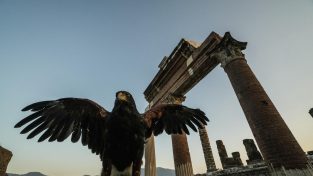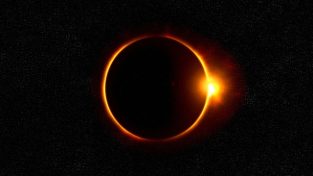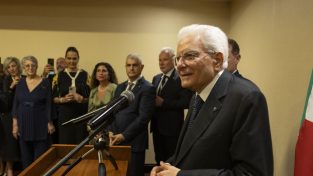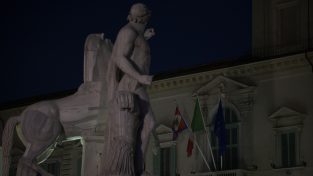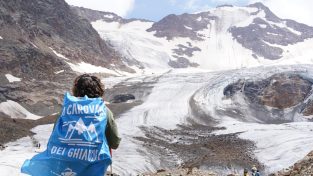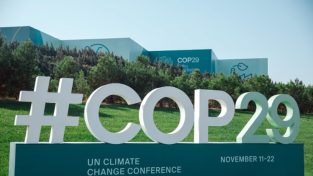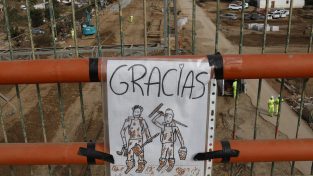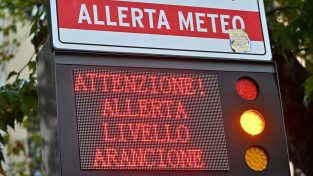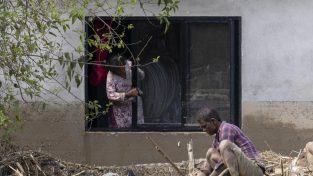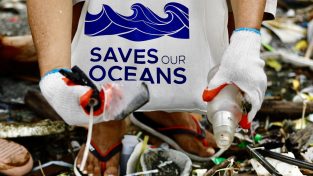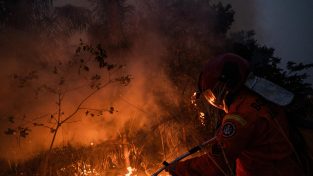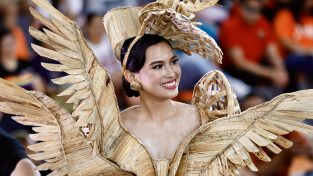Covid-19 e animali selvatici
I ricercatori cercano di capire l'impatto del virus Covid-19 sugli animali selvatici
Un team di ricercatori statunitensi sta verificando se e come il Covid 19 stia colpendo gli animali selvatici, prelevando campioni biologici. La presenza del virus è stata confermata nella fauna selvatica in almeno 24 stati degli Stati Uniti. Recentemente, un altro studio ha mostrato come anche in Canada, nella provincia dell’Ontario, ci siano tracce di un ceppo mutato del virus.
Nel frattempo, in tutto il mondo scienziati e veterinari stanno cercando di proteggere come possibile gli animali dal coronavirus, con distanziamento, controlli sanitari e vaccino per alcuni degli animali negli zoo. (AP Photo/Laura Ungar/Ronald Zak, File)










